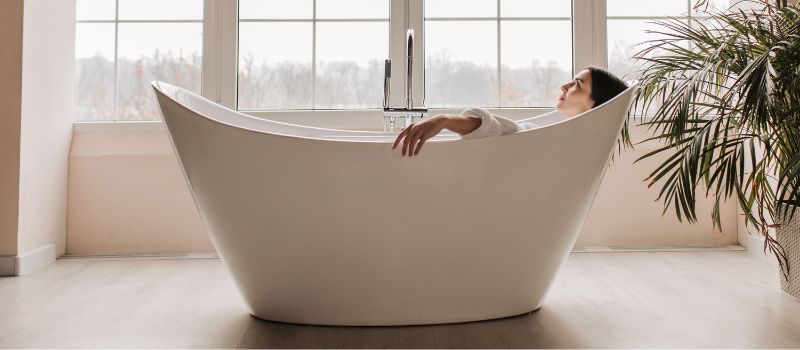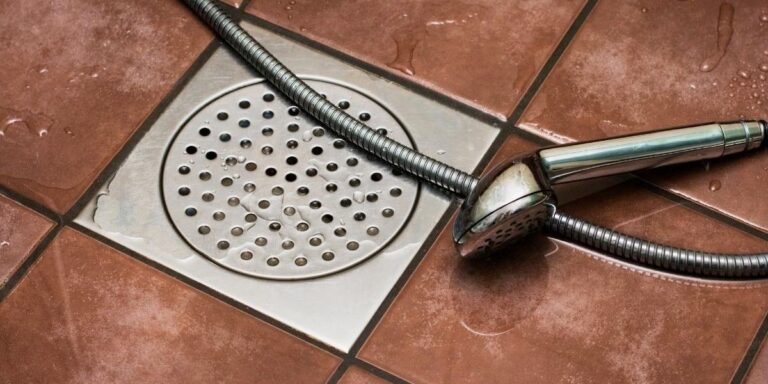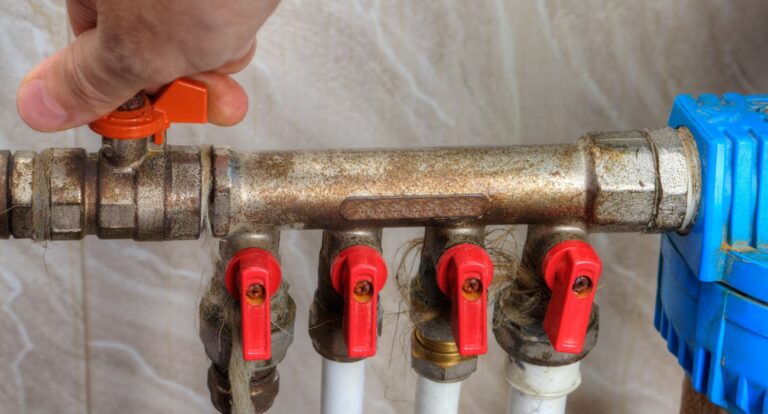Do Acrylic Bathtubs Need Insulation? Comprehensive Insight for Your Home Improvement
Insulation is a terrific idea, and it works well with acrylic tubs. This insulation, typically put between the acrylic sheets during production, enhances the tub’s thermal qualities and extends the time that bathwater remains at a comfortable temperature. In addition, it strengthens the tub’s general structure, making it a reliable option for your bathroom.
Why Do Acrylic Bathtubs Need Insulation?
Acrylic bathtubs are widely appreciated for their style, longevity, and ease of cleaning. But one element that homeowners often overlook is insulation. Here are some reasons why insulating your acrylic bathtub can be a game-changer:
Heat Retention
Has your bath ever turned chilly before you were ready to get out? Due to their worse heat retention compared to materials like cast iron or enameled steel, acrylic bathtubs frequently experience this issue. Acrylic, a form of plastic, is poor at maintaining heat. Insulation can help with that problem.
If you insulate the area around your acrylic tub, you can reduce the pace at which heat escapes from the water. This allows you to relax in the hot water for longer without worrying about the temperature dropping. It’s the kind of indulgence you didn’t think you needed until you had it, and then you never wanted to live without again.
Energy Efficiency
It’s not all about how you feel in the moment. Energy efficiency is not the only area where insulation may make a difference. Keeping a bath at the desired temperature requires additional hot water if the water temperature drops quickly. The result will be higher monthly utility costs due to increased energy consumption.
Insulating your acrylic tub will make it more energy efficient and longer lasting. This reduces the frequency with which you run the water heater and thereby saves you money. Who wouldn’t want to take this simple but significant step toward a more environmentally friendly household?
Noise Reduction
A bathroom should be a haven, a place to unwind and find solace. A peaceful bath is the last place you want to be interrupted by noise. When filling an acrylic bathtub, the sound you hear is the result of water vibration against the tub material.
The vibrations and noise caused by filling or emptying an acrylic bathtub can be reduced with proper insulation. As a result, you can have a relaxing bath without worrying about any interruptions. It’s a minor improvement that will enhance your time in the tub immensely.
Structural Stability
Acrylic bathtubs are a popular choice due to their lightweight and adaptable form, but they lack the durability of metal or ceramic alternatives. Weight and temperature fluctuations can cause them to sag or even shatter over time. In this case, insulation can make a huge difference.
Best Insulation Methods for Acrylic Bathtubs
There are several methods for insulating an acrylic bathtub. Let’s explore three common techniques that can be effective:

Acrylic bath tub spray foam insulation.
Insulating your acrylic tub with spray foam is a highly efficient option. Spray foam, with its high R-value (a metric measuring thermal resistance, the greater the better), is an excellent insulator. By expanding and hardening upon application, the foam creates an effective insulating layer that keeps your bath water warmer for a longer period of time.
Spray foam’s malleability is a major benefit. Its expanding properties allow it to completely fill the space around the tub, a feat that is challenging to do with most other materials. Despite this, it’s easy to apply; all you need is a few basic tools and some protective gear to do it yourself.
While spray foam does an excellent job of insulating, it can be more expensive than some other choices. Many families see it as a worthwhile expenditure because of the impact on their heating expenditures.
Batting Insulation for Acrylic Bathtubs
Batting or blanket insulation is a great solution for individuals on a tighter budget. This insulation, often constructed from fiberglass, is simple to install but still offers good thermal resistance.
Batting insulation is available in huge, malleable sheets that may be trimmed to fit any size tub. Unlike spray foam, it can cover huge areas quickly and easily, however it may not bend over every corner. Although it is lightweight and non-hazardous to handle, safety measures should be taken to prevent irritation to the installer’s skin and lungs.
One of the biggest draws of batting insulation is the low price. Although it may not provide the same level of coverage as spray foam, it does provide a significant barrier against heat loss, leading to warmer and more pleasurable showers without breaking the bank.
Insulating Acrylic Bathtubs with Thermal Wrap
Radiant barrier insulation, or thermal wrap, is a thin, reflective material that can be very helpful in keeping heat in. Thermal wrap helps keep your bathtub water warm for longer by reflecting heat back toward its source (your bathtub).
Insulation thermal wrap is notable for its practicality. It’s simple to install, doesn’t weigh much, and requires little effort to handle. You can trim it to fit your tub and secure it in place with adhesive tape or another common method.
A thermal wrap is a cheap alternative to more expensive insulating materials like spray foam or batting. This may be a good option for individuals trying to save money or who just want something straightforward that gets the job done. Excellent results may also be achieved by combining a thermal wrap with another approach, such as spray foam or batting, for a more thorough insulation strategy.
Here’s a comparison table to help you choose:
| Insulation Type | Pros | Cons |
|---|---|---|
| Spray Foam | High R-value, excellent coverage | More expensive, potentially messy |
| Batting Insulation | Affordable, easy to install | Lower coverage, lower R-value |
| Thermal Wrap | Lightweight, retains heat well | Not as effective for noise reduction |
Frequently Asked Questions:
How do you insulate an acrylic bath?
Expanding foam or fiberglass insulation are two options for insulating an acrylic bathroom. It has only to be applied to the underside of the tub at the time of setup. The tub’s support points shouldn’t be compromised in any way.
Is it worth insulating a bathtub?
Yes! If you insulate your tub, you can soak in warm water for much longer without getting cold. In addition, if you fill the tub with hot water on a regular basis, you can save money on your energy bill.
Do acrylic tubs keep water warm?
Acrylic tubs do a good job of keeping water at a comfortable temperature, so that’s a yes. Because of their insulating properties, your bath water will stay nice and toasty for a long time.
Will acrylic tubs crack?
Even though acrylic bathtubs are hardy, they can be damaged. They might break under stress from drops or temperature swings. However, if you keep up with routine servicing, your tub should retain its pristine condition.
Related articles:
- What Is The Best Thickness For A Bathtub? 8mm or More?
- What Shape of Bathtub Is Best? The Best Bathtub Shape
- What Is An Alternative To Replacing A Bathtub? A Guide to Alternatives
- What Material is Better for a Bathtub? Choosing the Ideal Bathtub Material
- Is It Hard To Replace A Bathtub?

Amanda has been designing and installing bathtubs for over 15 years. She first got interested in the bathtub industry while working as an interior designer right after college. During her years as a designer, Amanda was frustrated by the lack of high-quality, unique bathtub options for her clients. This passion led her to start her own bathtub website in 2009.







